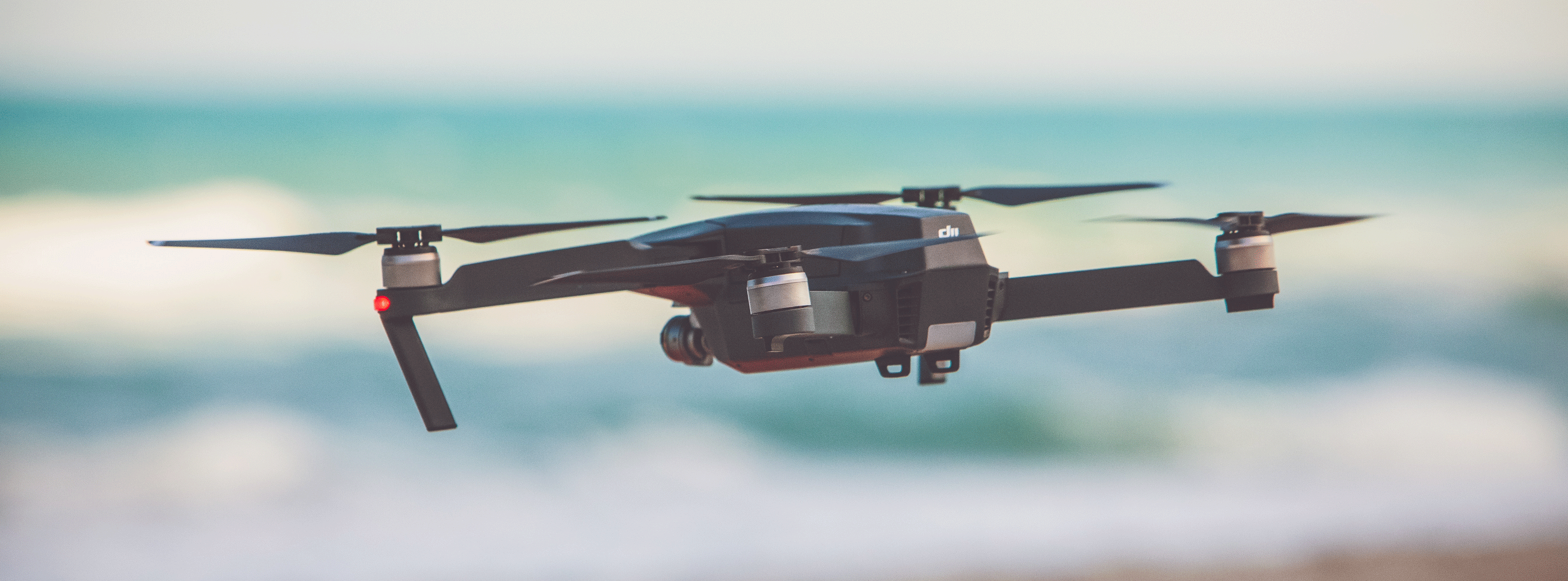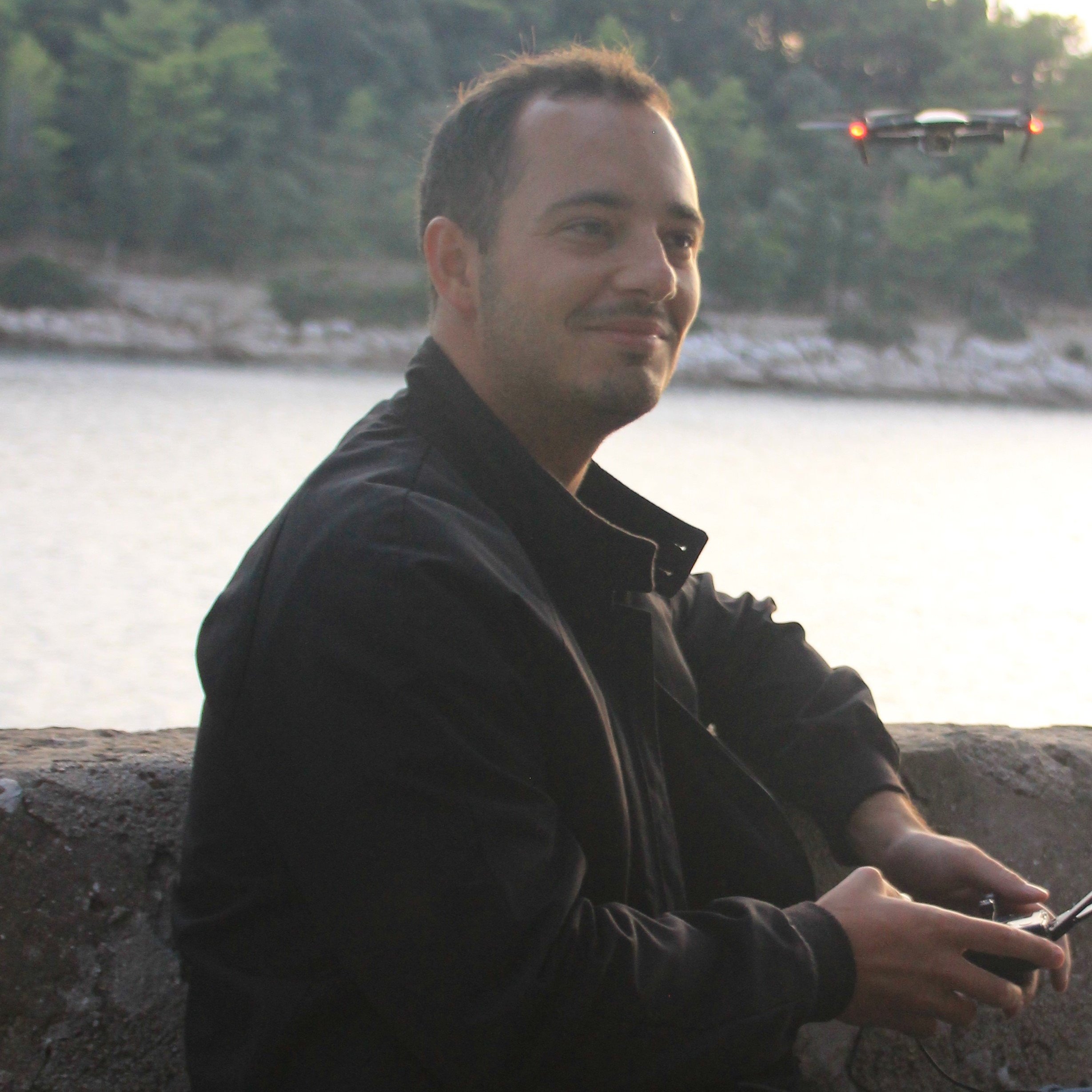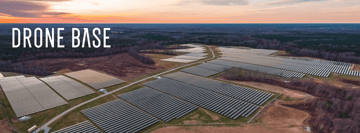2019 is going to be another big year for the drone industry. Market consolidation, new products and services, exciting partnerships and yes, more regulations. Here’s what we predict will happen in the coming months.
New regulations should lay foundations for more advanced applications
Nothing gets a drone pilot’s heart racing quite like the prospect of new regulations. But in all seriousness, there are a few major changes on the horizon that could shift the way businesses and hobbyists operate drones in 2019 and beyond.
In fact, just last week the FAA made forward-looking proposals that could, if enacted, open up the skies to new opportunities. They include rules that would allow pilots to fly at night and over people without waivers under certain conditions, as well as measures to continue the integration of drones into the national airspace.
It’s anticipated that a big part of those integration efforts will soon be a requirement for remote identification for all drones: a system that would, at the very least, give drone pilots, law enforcement officers and airport officials the ability to track local drone operations in real time.
Remote ID is seen as a cornerstone of UTM, a futuristic airspace management concept that could itself provide the platform we need to make some of the industry’s boldest ambitions a reality: autonomous consumer deliveries, personal transport drones - that kind of thing.
But it’s worth bearing in mind: the details of how Remote ID might be put into practice are still very much up for debate. Not to mention the time it will take for final proposals to actually become law.
Expect to hear about drones for all the wrong reasons
Just like all that weight you put on over Christmas, it would be nice to leave the whole Gatwick airport fiasco firmly back in 2018. But we’re sorry to say that’s not going to happen.
Rather than correlate with what is actually going on in the industry, negative news stories involving drones are pretty much constant now. On top of that, in the cases of near-misses with manned aircraft, drones seem to have become modern-day UFOs - the things you ‘see’ when you’re not quite sure what you’ve actually seen.
All of which means that the occasional negative incident gets much more press attention than the countless examples of good that drones are doing.
So sadly, we expect more airport shutdowns and negative news in general across 2019 as ‘sightings’ become more common and people jump to conclusions far too quickly.
Having said all that, with so many positive and, in many cases, life-saving applications out there, you can also expect to hear more stories covering drone-assisted search and rescue missions, conservation projects and medical deliveries.
DJI will continue to lead the way
Just as day follows night, DJI’s industry domination is constant and entrenched. That much was cemented in 2018 with several product launches across the consumer and professional categories.
DJI’s commercial tools continued to evolve in 2018, and now include the Mavic 2 Enterprise, the Mavic 2 Enterprise Dual, the recently-released Smart Controller, the powerful Zenmuse XT2 camera and a bunch of software and platform releases. All have made it easier than before to integrate advanced aerial hardware and payloads into operations.
As regulations regarding commercial applications look set to ease up this year, these new technologies will have more chance to be put to the test. So you guessed it: We fully expect DJI’s domination to continue in 2019.
On the consumer side, DJI could move to counter the media hostility and general negative atmosphere around drones and their pilots. Hopefully this takes the form of stronger public statements and more publicity around the good its enterprise projects are going. And perhaps quieter, smaller, less conspicuous drone models will become a priority given that hobbyists are flying with an increasingly skeptical public.
In terms of products, we’d expect entry-level and mid-tier drones to keep getting smaller. Maybe we will see an updated Spark or Mavic Air, offering refined cameras and safety features without compromising on portability. And now that the Mavic Pro line has become more suitable for commercial operations, 2019 could be the year DJI retires the Phantom range for good.
One other thing: isn’t it about time DJI got into FPV racing?
As you can tell, we don’t really know what the company is going to do. But we can’t wait to find out! Want to learn more about the technology shaping the future of our industry? Check out our recent post on the top stories from CES 2019.



.png?width=360&name=Banner%20Templates%20(6).png)

